Sabbath
José Gurvich
1974
Image
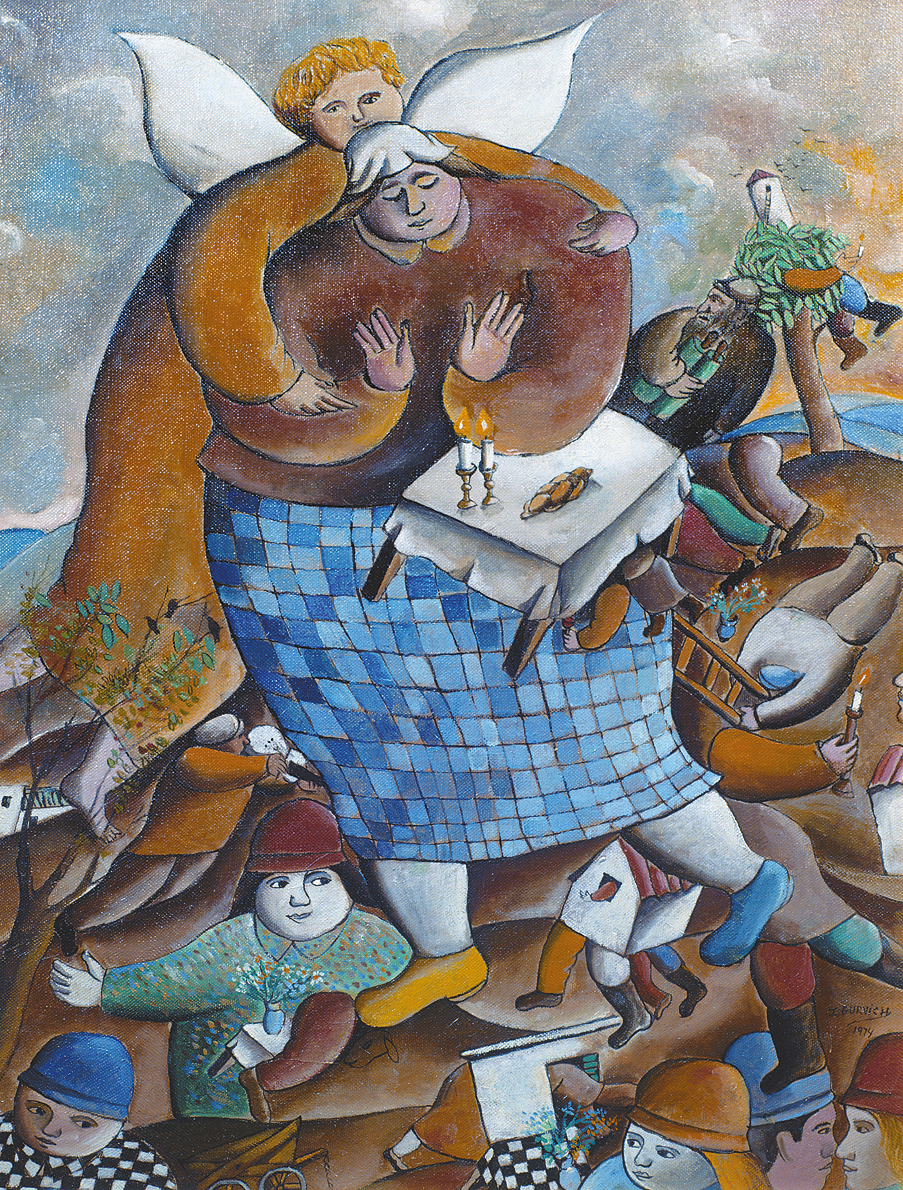
Engage with this Source
Creator Bio
José Gurvich
1927–1974
José Gurvich, one of Uruguay’s most influential artists, was from his teenage years a member of the Torres García Studio, the group that played the leading role in introducing abstract art and modernism to Uruguay. Born in Lithuania, he was six years old when his family immigrated. Gurvich’s paintings reflect Jewish folklore, the culture of Latin America, and the life and landscape of Israel, where he lived for a number of years. His work was the subject of a solo exhibition at Comisión Nacional de Bellas Artes (Uruguay, 1967) and was featured in many group shows in the Americas, Europe, and Israel. He moved to New York City in 1970.
You may also like
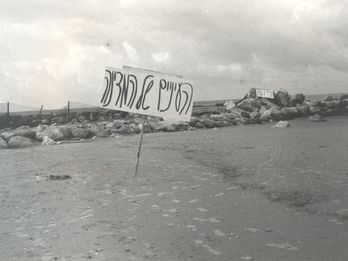
The Eyes of the Nation
After the Yom Kippur War (1973), it became increasingly common for Israeli artists to address political issues and criticize Israeli society. In 1974, Na’aman placed two signs on the Tel Aviv beach…
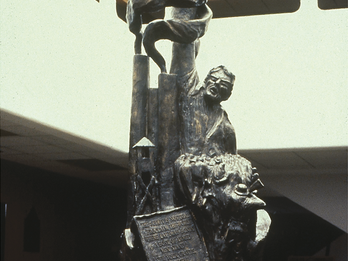
Remembrance
Remembrance was commissioned by Congregation Agudas Achim in Bexley, Ohio. The nine-foot-tall bronze sculpture depicts smoke rising from a crematorium, intertwined with the arm of a survivor…
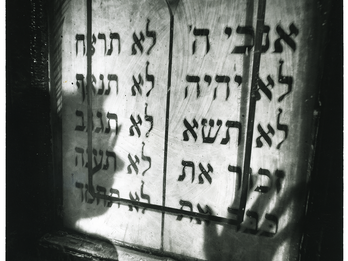
Shadow and Synagogue
Shadow and Synagogue is one of a series of about one hundred photographs by Tress that appear in his 1975 book, Shadow, A Novel in Photographs. In the book’s visual narrative, the photographer’s…
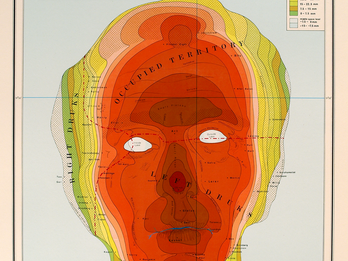
Druksland
Druks was commissioned to create this self-portrait in the form of a topographical map, by Steendrukkerij de Jong & Co., a large European printing house, who used it as a promotional gift for their…
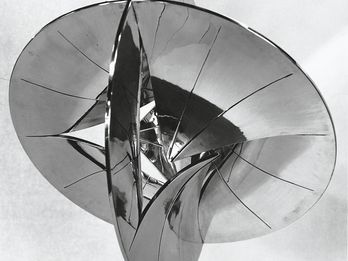
Cabbalistic Sphere
Cabbalistic Sphere, a sculpture made from polished aluminum, is one of Kaish’s many works inspired by ancient Jewish texts. Some of her works with spiritual and metaphysical themes are abstract…

The Dead Class
In The Dead Class, the most famous of Kantor’s theater pieces from the 1970s, the main characters of the play are elderly men (who are to be understood as being dead), who return to their school desks…

